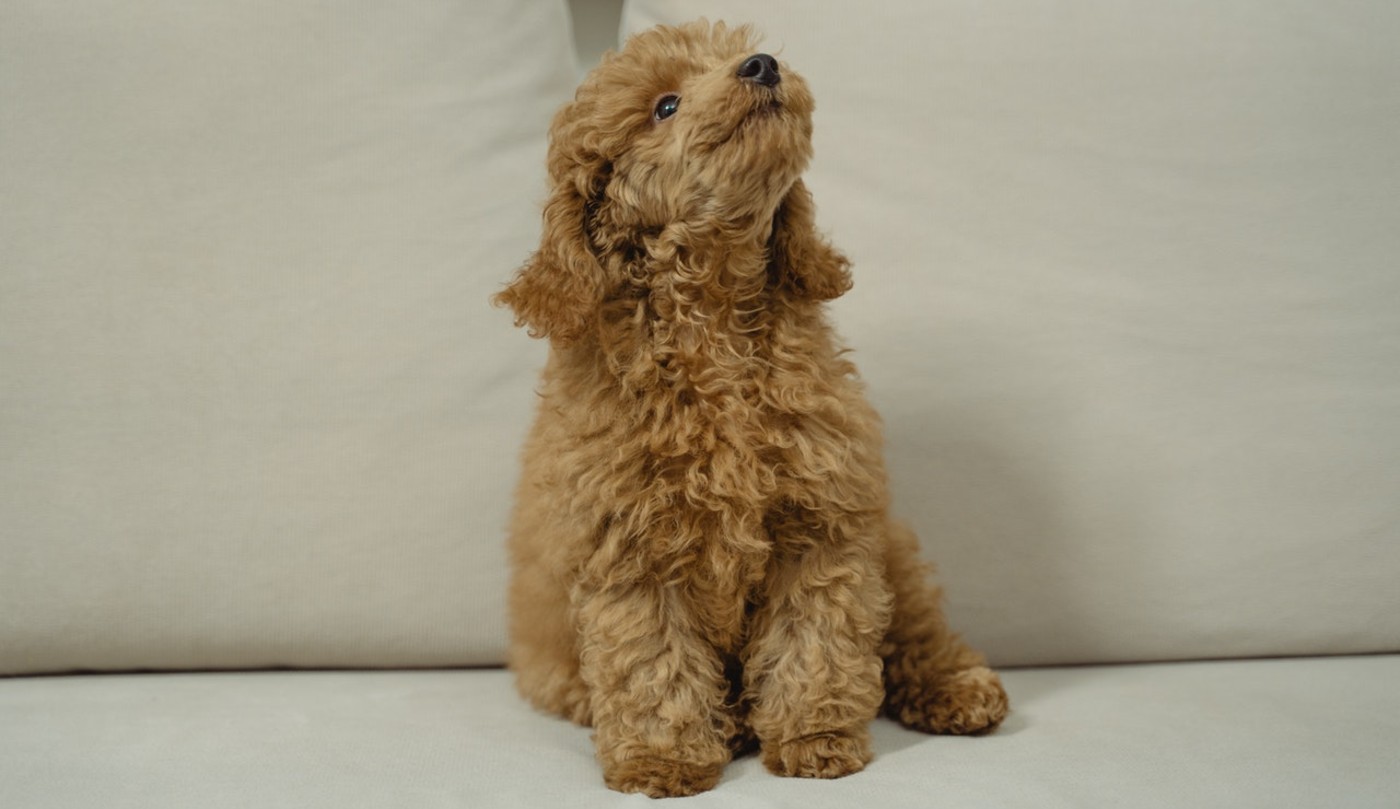
In a bit a dreamland research, animal behaviorists at the University of Arizona got to study how 375 golden and Labrador retriever puppies performed at human communication tests.
The study was done to examine whether human-canine communication, specifically pointing gestures, was an onboard biological ability, a learned trait through exposure to humans, and whether the skill was passed through genetic heritage.
Ever since the metaphorical first wolf came within the light of the campfire, humans have been selectively breeding canines as companions. The pointing to a piece of food, a shot duck, a thrown stick, or a means of passing an obstacle is a method of human/canine communication that works well, but is extremely rare in the animal kingdom.
Even chimpanzees, one of our closest relatives, can’t understand pointing gestures. In contrast, this study showed that 8-week-old puppies could reliably follow pointing gestures as good as adult dogs.
Furthermore, their skill at following a human finger to a hidden treat did not improve over time, but stayed consistent at about a 67% success rate. This suggested to the authors that the puppies were born with the ability and didn’t have to learn it.
Puppy see puppy do
Service dogs have to be animal geniuses in order to help people with disabilities or blindness get around a complex environment like a city, while those raised to help trauma survivors have to have an extreme ability for empathy.
MORE: Prancer the ‘Demonic Chihuahua’ Who Went Viral Finds Dream Forever Home
Discovering where these skills come from, can they be inherited, and whether they vary breed to breed and individual to individual is a key step towards being able to breed and raise the most effective service dogs.
The researchers teamed up with Canine Companions for Independence, a service dog breeding center that keeps records of genetic history of the animals going back decades.
At eight weeks old, the nearly 400 puppies, all with genetic breeding histories, spend all day with their siblings and mother—making them perfect for the study aims, Evan MacLean told Smithsonian Magazine.
“They’re adorable and it’s fun to work with them,” says MacLean. “But they’re puppies, they have short attention spans and they pee and poop on everything. At the start of this project, it was like, ‘Puppies!’ And by the end it was, ‘Puppies.’”
In contrast to the immediate success of pointing to a hidden treat under upturned cups, researchers also subjected the puppies to a 30-second script of praise in a high-pitched voice to see how long the puppies could keep their attention on the speaker’s face.
RELATED: Deaf Sheepdog Returns to Herding Her Flock After Learning ‘Sign Language’
They averaged only 6 seconds, which was less than adult dogs, suggesting that while pointing is instinctive, facial contact is learned. Furthermore, when presented with difficult, or unsolvable tasks, such as getting to kibble in a locked container, the puppies might not look even for one second at the human’s face for help, which is behavior well-documented in adult dogs.
Comparing each puppy’s success in the four trials with those of generations past (thanks to those records at Canine Companions for Independence) found that the heritability of success at following human instructions was 40%—huge—according to geneticists speaking with Smithsonian on the topic.
CHECK OUT: Six Puppies Are All Determined to Fit Into One Small Bucket – And They Succeed (WATCH)
About half of the dogs that enter the service program don’t become service animals, and this discovery, as well as a follow-up piece of research planned by MacLean and colleagues, could lead to much better programs, saving time and resources, and getting more of the most empathetic dogs into service programs to help people.
(WATCH the puppies playing for science in the video below.)
PAW This Fascinating Research Over to Pals on Social Media…




















